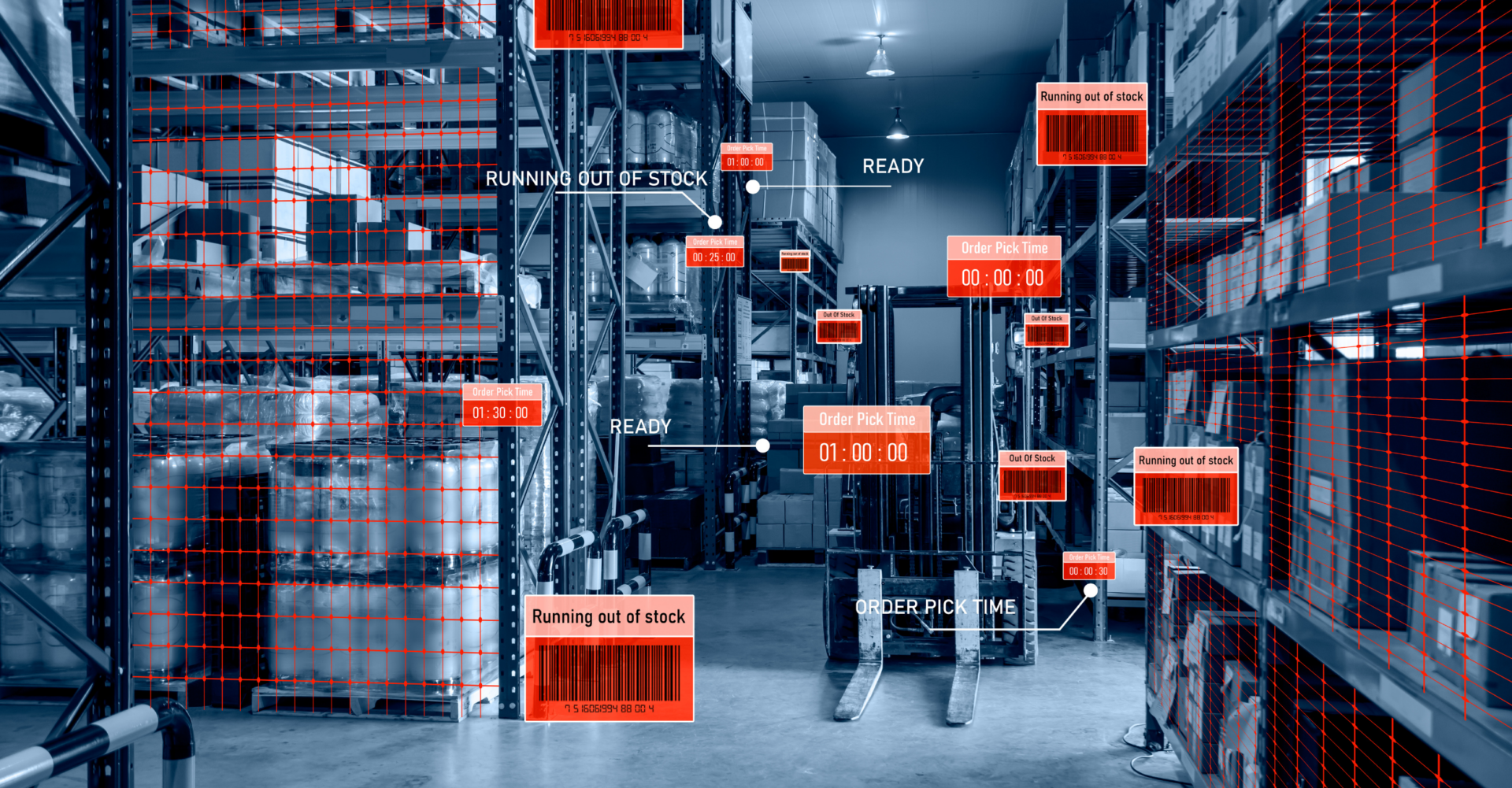
The 5 Pillars of Cybersecurity: A Comprehensive Guide for BECA
In today’s interconnected world, cybersecurity is a cornerstone for safeguarding an organization’s integrity, maintaining client trust, and ensuring uninterrupted operations. With cyber threats becoming more complex and prevalent, companies like BECA must deploy a multi-layered approach to defend against potential vulnerabilities. In this blog post, we’ll explore the five types of cybersecurity that BECA should consider incorporating to fortify its digital landscape.
1. Network Security
Definition:
Network Security refers to the practices and technologies put in place to protect the organization’s network infrastructure from unauthorized access, malfunction, or unauthorized exploitation.
Importance for BECA:
Given that BECA is likely reliant on a complex network for its internal and external communications, Network Security ensures that this critical infrastructure is impervious to cyber threats.
Key Components:
Firewalls
Intrusion Detection Systems (IDS)
Intrusion Prevention Systems (IPS)
Virtual Private Networks (VPN)
- Information Security
Definition:
Information Security focuses on safeguarding the confidentiality, integrity, and availability of data, be it in transit or at rest.
Importance for BECA:
Data is the lifeblood of any modern business. Information Security ensures that BECA’s sensitive data—like customer information, financial reports, and intellectual property—is protected against unauthorized access and alteration.
Key Components:
Encryption
Secure Sockets Layer (SSL)
Secure File Transfer Protocol (SFTP)
Data Masking
- Endpoint Security
Definition:
Endpoint Security involves securing each endpoint—or user device like computers, mobiles, and tablets—that connects to the network, thereby creating a line of defense against potential entry points for security threats.
Importance for BECA:
The more devices connected to BECA’s network, the larger the attack surface. Endpoint Security is crucial for securing each individual device to protect the broader network it connects to.
Key Components:
Antivirus Software
Anti-malware Tools
Endpoint Detection and Response (EDR)
Mobile Device Management (MDM)
- Identity and Access Management (IAM)
Definition:
IAM deals with ensuring that only authorized individuals have access to particular resources in an organization. It involves a mix of policies and technologies to manage electronic identities.
Importance for BECA:
By implementing IAM, BECA can ensure that only authenticated and authorized users can access specific information, reducing the likelihood of insider threats and identity theft.
Key Components:
Two-Factor Authentication (2FA)
Password Management Tools
Single Sign-On (SSO)
Role-Based Access Control (RBAC)
- Cloud Security
Definition:
Cloud Security involves safeguarding cloud computing environments against unauthorized access, data breaches, and other cyber threats. It’s especially crucial if BECA uses cloud-based services for data storage, applications, or infrastructure.
Importance for BECA:
As cloud computing becomes increasingly integral to BECA’s operations, the need for robust cloud security mechanisms becomes more critical. This type of cybersecurity protects BECA’s data and applications that are hosted in the cloud.
Key Components:
Cloud Access Security Brokers (CASB)
Data Loss Prevention (DLP)
Cloud-Based Firewalls
Encryption for Data-at-Rest
Cybersecurity as a Unified Strategy for BECA
For BECA, it’s essential to understand that these types are not isolated; they often overlap and complement each other in creating a robust cybersecurity framework. Implementing all five types provides a multi-layered security strategy that can fend off a wide range of cyber threats.
Financial Implications
Investing in these five types of cybersecurity not only protects BECA from potentially catastrophic breaches but also preserves the brand’s reputation and customer trust. In the long run, this can result in substantial cost savings and sustained business growth.
Regulatory Compliance
Ensuring robust cybersecurity measures across these five pillars also helps BECA in adhering to various data protection and cybersecurity regulations, thereby mitigating the risk of legal repercussions.
Conclusion
In summary, BECA needs to invest in a multi-pronged approach to cybersecurity, comprising Network Security, Information Security, Endpoint Security, IAM, and Cloud Security. These five pillars act synergistically to create a comprehensive cybersecurity framework that can protect against an ever-evolving landscape of cyber threats. By adopting this well-rounded strategy, BECA is not just safeguarding its present but also securing its future.
Share the IT Brain Power
More from the BECA Blog



